Jordan’s Telecommunications Regulatory Commission (TRC) has introduced Instructions No. 2 of 2025, a new set of rules that now form the country’s main regulatory basis for approving telecommunications and terminal equipment. These instructions came into force immediately upon publication in the Official Gazette, replacing the 2024 framework.
The updated rules reshape how approvals are issued, define new exemption categories, clarify which technologies fall under regulation, and set out conditions for importing devices for personal or research purposes. The overall objective is to streamline regulatory processes while tightening control over telecom-related imports.
Businesses involved in supplying telecom equipment to Jordan — including importers, manufacturers, and local representatives — must adjust their processes to remain compliant.
Key Shifts in Administrative Requirements
One of the most notable changes concerns the duration of approval certificates:
- Standard type approvals now last two years.
- Approvals issued to local representatives acting for foreign entities are valid for one year.
Renewal applications must be submitted within six months before expiry.
The TRC has also reinforced restrictions on certain products. Signal boosters and repeaters are prohibited unless supplied directly by licensed mobile network operators. Meanwhile, devices featuring cloud-computing functions must meet additional requirements from other competent authorities.
To ease compliance for low-risk electronic devices, the TRC has introduced an official exemption list, covering products that do not require full approval as long as they meet basic technical criteria.
Products Now Exempt From Approval
The exemption list includes several commonly imported electronics, such as:
- Desktop PCs, scanners, and printers
- Devices that operate solely via Bluetooth
- Satellite TV receivers
- Corded landline phones without radio functionality
This approach reduces unnecessary regulatory workload while keeping regulatory focus on equipment with wireless or RF capabilities.

